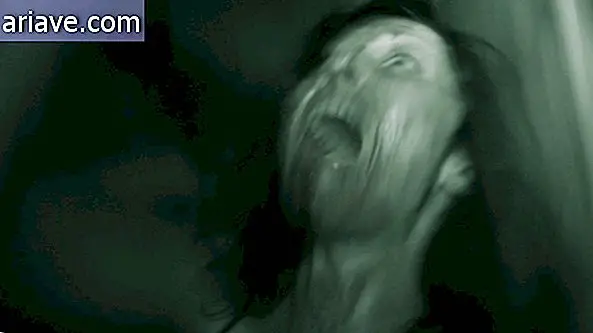“New” Nazca Lines are discovered in Peru with the help of drones.
The Nazca Lines are, as you may know, ancient geoglyphs occupying an area of about 520 square kilometers in Peru. They were only discovered in the 1930s, when a plane flew over the region, and the lines - between them, more than a thousand straight lines and about 800 animal figures, such as a monkey, a spider and a hummingbird - were spotted. According to estimates, geoglyphs were created between 400 and 650 AD, and to this day scholars have tried to understand what purpose they served.

It is not that after so many decades “new” lines have been found! According to Michael Greshko of National Geographic, more than 50 unknown geoglyphs have been identified by Peruvian archaeologists thanks to the help of drones. According to Michael, the lines are in the province of Palpa, which is adjacent to Nazca, are very thin and go virtually unnoticed.
Discovery
The team of scientists also took the opportunity to map known geoglyphs and were able to obtain unprecedented line details. But, returning to what has now been discovered, archaeologists suspect that they may have produced Topará and Paracas culture pieces that occupied the region between 500 BC and 200 AD, that is, before Nazca culture settled in the area.

As archaeologists have explained, most of the "new" lines depict human figures, most of them depictions of warriors, which make them different from the Nazca Lines, which are largely geometric figures, such as polygons and straight lines. They were created on the sides of hills and so could be seen from a distance - not necessarily from above, as with Nazca's. Moreover, for a long time, the people who inhabited the region knew of the existence of these geoglyphs, but they were "fading" until they became practically invisible.

The cool thing is that if the Nazca culture, which is “younger” than the Topará and Paracas cultures, is considered mysterious, imagine the other two! Thus, the identification of the lines not only demonstrates that the people living in the area began producing geoglyphs centuries earlier than later inhabitants, but also help archaeologists fill in some gaps about the region's ancient occupants.
***
Want to know more about this and other archaeological mysteries? Check out these links that we have separated for you:
- 5 intriguing mysteries about ancient civilizations
- 6 ancient structures that science cannot explain
- Clueless drives with truck over the ancient Nazca Lines in Peru











